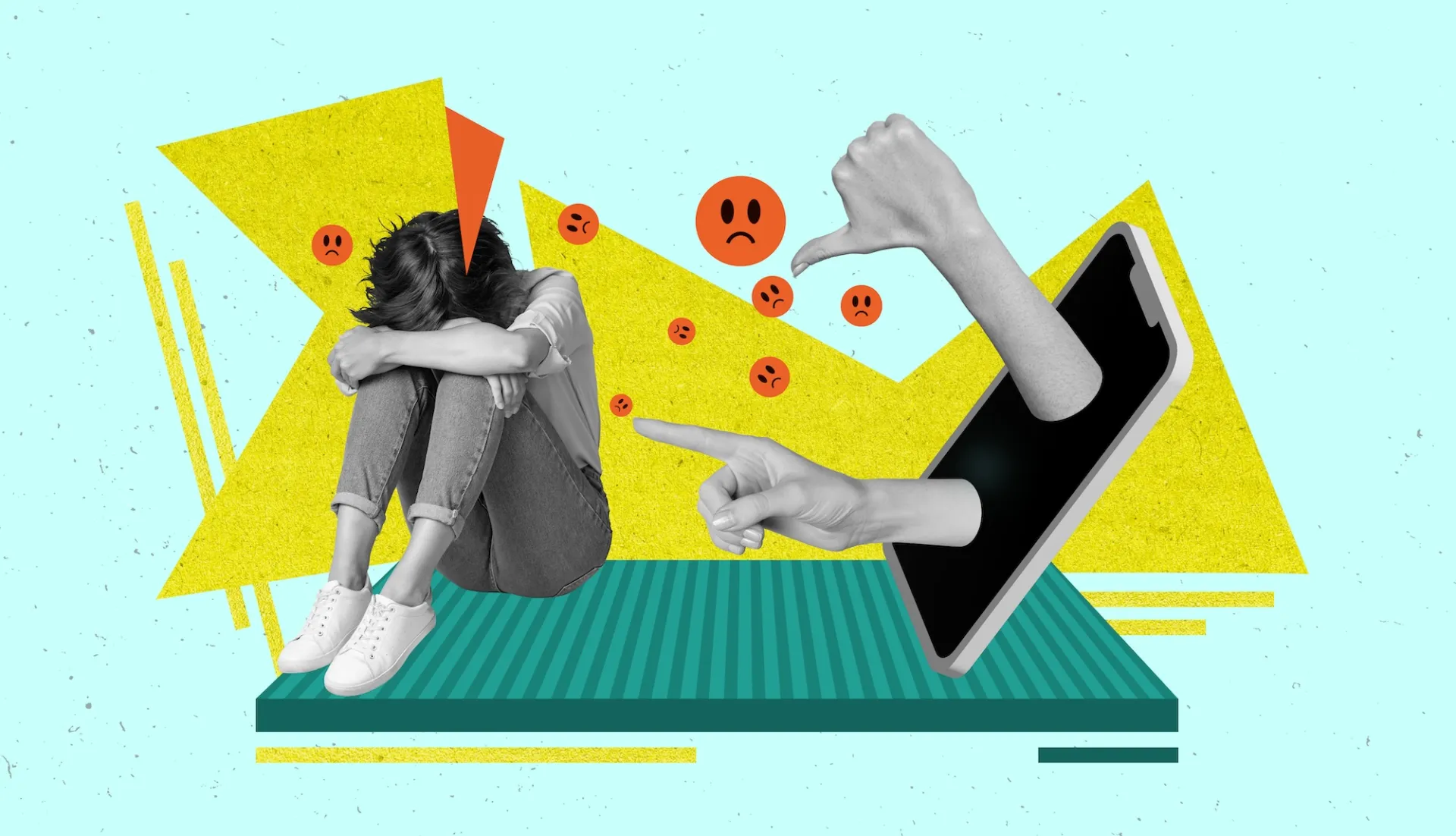Teachers play a central role in preventing cyberbullying, so educators need to know how to respond and facilitate communication between the parent and the school.
How to Recognize Cyberbullying
A lot of innocent teasing happens on social media and through text messages. So it’s important to be able to determine what constitutes bullying.
Cyberbullying refers to a situation in which a teen, preteen, or child is embarrassed, humiliated, harassed, threatened, tormented, or otherwise targeted online, whether through social media, text messages, or other digital platforms. Teasing becomes bullying when a minor repeatedly makes fun, mistreats, or harasses another.
If your instincts tell you that cyberbullying is going on, it’s best to investigate the situation, no matter what it is. Cyberbullying and aggression in schools can only promote a culture of violence and negatively impact education.
If you are concerned, look for some of these warning signs that a student may be the victim of of cyberbullying:
- Suicidal thoughts.
- Personality changes, for example if the student becoming angry, sad, anxious, or withdrawn.
- Sudden deterioration in physical health.
- Indications that the student is distressed or lonely.
- Chronic unexplained absenteeism.
- Enhanced negative self-perception.
- A sudden change in friends.
- Lack of focus and excessive sleepiness.
- Reduced interaction with classmates and friends.
- A decline in academic performance.
- Shunning by peers.
What Students Can Do
If a student is the target of cyberbullying, it is critical that they do not respond to any posts or messages, regardless of how untrue or hurtful they may be. Remember, a bully wants to provoke a reaction. Cyberbullies get satisfaction when the victim responds, which makes the situation worse.
Students should not seek revenge, as they could land in serious legal trouble or provoke the bully further. Attempts to get back at the bully takes the discourse to a new low and doesn’t solve the problem.
Here are some more productive and effective ways to deal with a cyberbully:
- Instruct the student or the student’s parent or guardian to save any screenshots and abusive messages. Use them to report the cyberbully to a trusted adult.
- The victim is often afraid to report the bully, so reassure the student that reporting the incident will not make the bully more aggressive.
- Cyberbullies rarely attack once, and it is more likely they will attack the student over a period of time. Relentlessness is necessary in reporting the cyberbully until the attacks stop.
- Make sure the student or the student’s parent or guardian blocks the cyberbully’s cell phone number and email address and deletes the person from all social media contacts lists.
- Remind students not to blame themselves. They are not at fault. No matter what the cyberbully does or says, students should not be ashamed of who they are.
- Encourage the student to see the situation from a different perspective. The bully is a frustrated and unhappy person who wants to make the victim miserable, too.
What Educators Can Do To Help
Ensure that your school has an internet safety education program in place.
Install VPNs on digital devices
Gain student trust
Install anti-bullying apps
Notify any websites and social media platforms
Contact leaders
Cassie Phillips is a consultant and internet security expert. She is passionate about sharing information that helps protect children from cyberattacks and about making policy to improve school systems on this topic.
